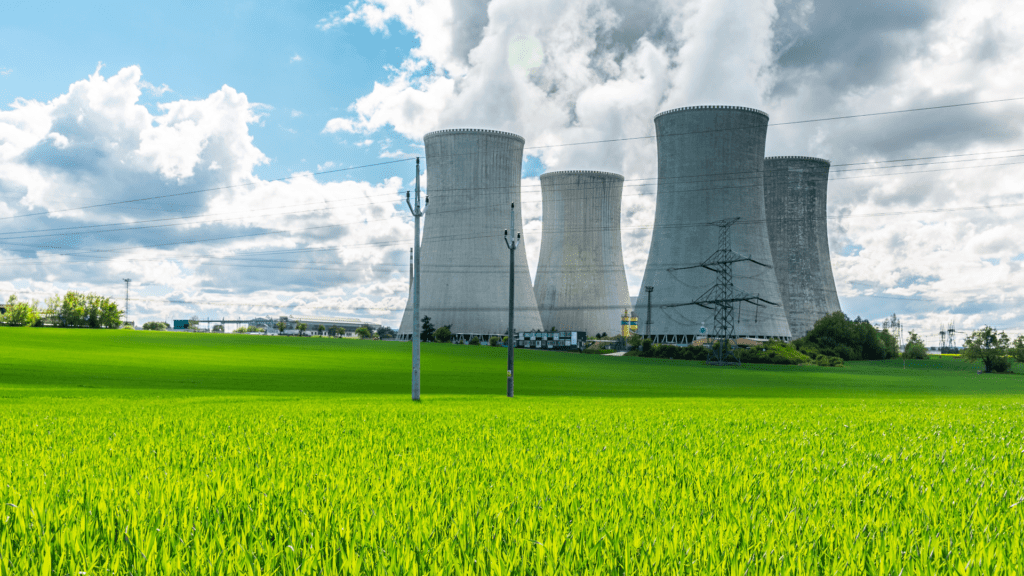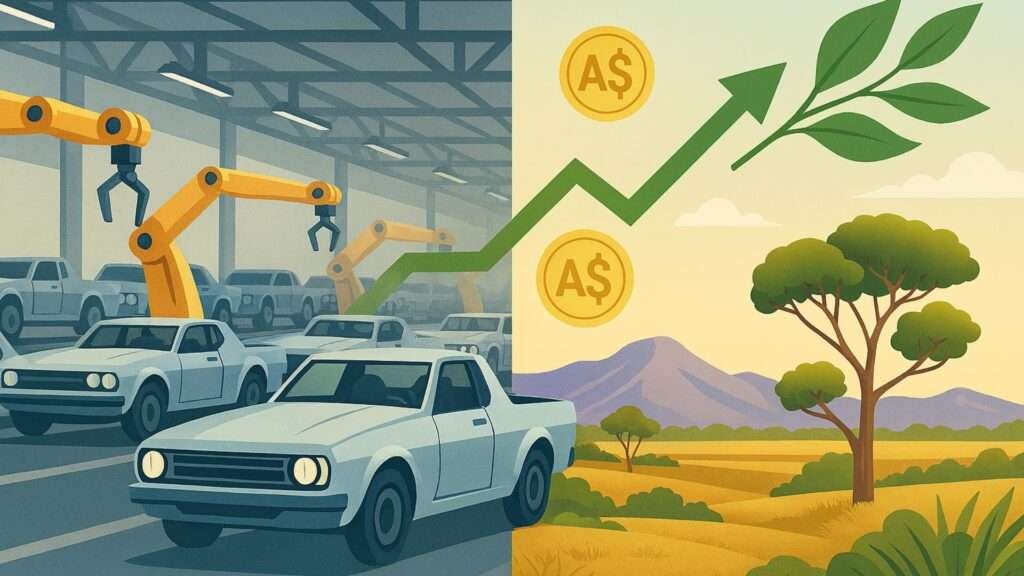Understanding The 10 to 15 Billion Dollar Offshore Gamble
Disclaimer:
This article blends factual details with
commentary and interpretation. While figures are taken from credible sources,
selective framing and debatable comparisons are included to stimulate interest
and discussion. It is not intended as technical, financial, or engineering
advice. Readers should confirm facts through official reports and seek
professional guidance before making decisions.
Introduction.
The
morning mist clings to Bass Strait as fishing boats leave Lakes Entrance, their
diesel engines rumbling past survey vessels marking potential turbine sites.
Ten
kilometres offshore, where the continental shelf meets the Southern Ocean’s
fury, Australia’s most ambitious clean energy proposal is taking shape.
Victoria’s
Gippsland region now sits at the centre of a decision in the $8–15 billion
range—one that could reshape Australia’s energy future, or end up remembered as
the nation’s most expensive energy misstep.
The
Star of the South
offshore wind project promises clean, zero‑emissions electricity for around 1.2
million average homes.
But
critics argue that a modern gas‑fired power station could provide more reliable
generation at a lower upfront cost. The reality, as usual, is more complex.
When the
Wind Blows, the Bills Fall—Or Rise?
Victoria’s
wholesale electricity prices averaged about $45 per megawatt hour in Q4 2024,
compared to the national average of $88/MWh.
Across
Australia, prices ranged from $136/MWh in Queensland to $188/MWh in NSW, with
occasional volatility topping $5,000/MWh during shortages.
Despite
lower averages, household bills remain high due to retail margins, network
charges, and policy factors.
This
is the backdrop for an offshore wind gamble representing roughly 1.5% of annual
national GDP in capital expenditure, albeit spread across a decade.
Star of
the South: Anchor of Offshore Wind.
With
potential generating capacity of 2.2 GW (expandable to 2.8 GW), Star of the
South is Australia’s flagship offshore wind proposal. Planned just 10 km
offshore, the project covers 586 km² within the Gippsland declared offshore
wind zone.
Developer
Southerly Ten estimates up to 6,000 jobs across planning, construction, and
operation phases, though only 150–200 would be ongoing operational roles.
Key
project specifics include:
·
Capacity: 2.2 GW
(expandable)
·
Cost: $8–15
billion (over 10 years)
·
Lifespan: ~25
years
·
Zone: 586
km², 10 km offshore
Capital
costs for offshore wind globally have fallen from over $7,000 per kW in 2018 to
closer to $5,000 in recent years. Still, this is higher than onshore wind or
solar alternatives.
Engineering
Challenges on the Edge of the Southern Ocean.
The
Southern Ocean presents one of the harshest marine environments on Earth. Bass
Strait winds can exceed 120 km/h, with swells topping 15 metres.
Installation
requires specialist vessels such as the Voltaire—one of the world’s largest
crane ships—able to operate in moderate seas.
Each
modern turbine could rise 270 metres and weigh several thousand tonnes once
fully installed. Some designs are direct-drive, meaning no gearbox, which
reduces common failure points.
For
turbines with gearboxes, replacement offshore can be costly—up to $3–5 million
if a unit fails—and requires long weather windows with vessels charging
hundreds of thousands per day.
While
maintenance remains challenging, European experience shows typical annual costs
average 2–3% of project capex, not the catastrophic runaway costs sometimes
suggested.
Marine
Impacts and Precautions.
Bass
Strait is ecologically rich, hosting southern right whales and important
fisheries. Pile-driving during installation does generate intense underwater
noise, potentially disrupting whale communication over large distances.
Developers
increasingly use mitigation
methods such as bubble curtains, timing restrictions, and
exclusion zones.
Local
critics, particularly commercial fishers, worry about exclusion zones and
ecosystem disruption. Yet some marine ecologists note that turbine bases can act
as artificial reefs, supporting biodiversity once construction is complete.
The Gas
Alternative: Reliability at a Cost.
On
the other side is gas. A 3 GW combined cycle gas turbine (CCGT) station could
cost $4–6.5 billion to build, offer 85–90% capacity factors, and operate for
40–50 years. Unlike wind, it can run on demand, providing grid stability
services such as voltage support and black-start capability.
However,
gas is not without problems:
1.
Carbon
emissions of ~8.5 Mt CO₂ annually from a 3 GW plant would require offsets under Australia’s
Safeguard Mechanism.
2.
While
gas prices are forecast around $8–12/GJ, east coast Australia has seen major
volatility due to global LNG exports.
3.
Carbon
costs are almost certain to rise, reducing gas’s competitiveness.
Weighing
the Carbon Conundrum.
CCGT
plants remain cleaner than coal, but far dirtier than renewables over their
lifecycle. Offshore wind does involve substantial “embedded” carbon during
manufacturing and construction, hundreds of tonnes per turbine.
Yet
lifetime emissions average only 7–10 gCO₂/kWh, compared to 350–400 gCO₂/kWh for gas generation.
Community
Division.
Within
Gippsland itself, views are split. Some fishers fear exclusion zones and risks
to traditional livelihoods.
Local
leaders, however, see potential for economic renewal, trades training, and new
long-term careers to offset losses from the coal and oil decline.
Polling
reflects this divide: about two‑thirds of Australians nationwide support
offshore wind development, but support drops closer to the impacted coastal
regions.
Integration
and Grid Reliability.
Wind’s
intermittency requires integration planning. AEMO estimates that 1 GW of wind
capacity needs ~400 MW of firming to back it up.
Some
“wind droughts” have indeed cut output significantly over weeks. The
counterbalance? Gas itself depends on stable fuel supply chains, and all
generation sources require backup contingencies.
Battery
storage, pumped hydro, and stronger interconnectors can complement offshore
wind. Conversely, gas buildouts are easier in the near term but harder to
square with net‑zero targets.
International
Lessons.
Europe’s
offshore wind journey offers dual lessons: cost reductions achieved via scale,
but also significant overruns when markets misprice inflation, as Orsted experienced
in the US. Australia enters late, able to learn from these experiences while
facing its own supply chain gaps.
Policy
Tightrope.
Victoria
targets 65% renewable electricity by 2030 and 2.6 GW of offshore wind. The
federal government backs renewables expansion strongly, though support may
shift under different leaderships. Gas remains politically supported but
targeted by ambitious emissions deadlines.
A
Balanced Verdict.
Offshore
wind promises clean generation and long-term strategic value, but comes with
steep upfront costs, marine risks, and as-yet untested local supply chains. Gas
offers reliability and lower upfront costs but locks in long-term carbon
exposure during a global decarbonisation drive.
The
likely path forward may not be either/or. A hybrid strategy, deploying CCGT as
stabilising backup while building offshore wind incrementally, perhaps starting
with a 500 MW demonstration—may give Australia reliability now and climate
alignment later.
The
Star of the South could become a renewable flagship, or a costly warning,
depending on execution. What’s most certain is that Gippsland will remain at
the centre of Australia’s energy debate for decades.
Bibliography.
1.
Star of the South Project
Overview, Southerly Ten, 2023, Project website: https://www.starofthesouth.com.au/project-overview
2.
Star of the South Offshore Wind
Project, Infrastructure Consortium of Australia, 2022, Gateway ICN: https://gateway.icn.org.au/projects/4604
3.
Star of the South Environmental
Effects Statement preparation and technical consultations, Victorian Department
of Planning, 2025, Planning Vic: https://www.planning.vic.gov.au/environmental-assessments/browse-projects/star-of-the-south-offshore-wind-farm
4.
Global Energy Monitor: Star of the
South Offshore Wind Farm data and analysis, 2025, GEM Wiki: https://www.gem.wiki/Star_Of_The_South_Offshore_wind_farm
5.
Joint media release on Gippsland
Offshore Wind Zone declaration & Star of the South major project status,
Australian Government, 2024, Ministerial Release: https://minister.dcceew.gov.au/bowen/media-releases/joint-media-release-unlocking-power-offshore-wind-gippsland
6.
Technical Marine Assessment for
Greater Gippsland Offshore Wind Project, BMT Consulting, 2022, Vic Planning
PDF: https://www.planning.vic.gov.au/__data/assets/pdf_file/0030/658740/Attachment-5-GGOWP_Marine-Report.pdf
7.
Offshore Wind Energy in Australia:
Final Project Report, Blue Economy CRC, 2022, BECRC Report PDF: https://blueeconomycrc.com.au/wp-content/uploads/2022/07/BECRC_OWE-in-Aus-Project-Report_P.3.20.007_V2_e190721.pdf







